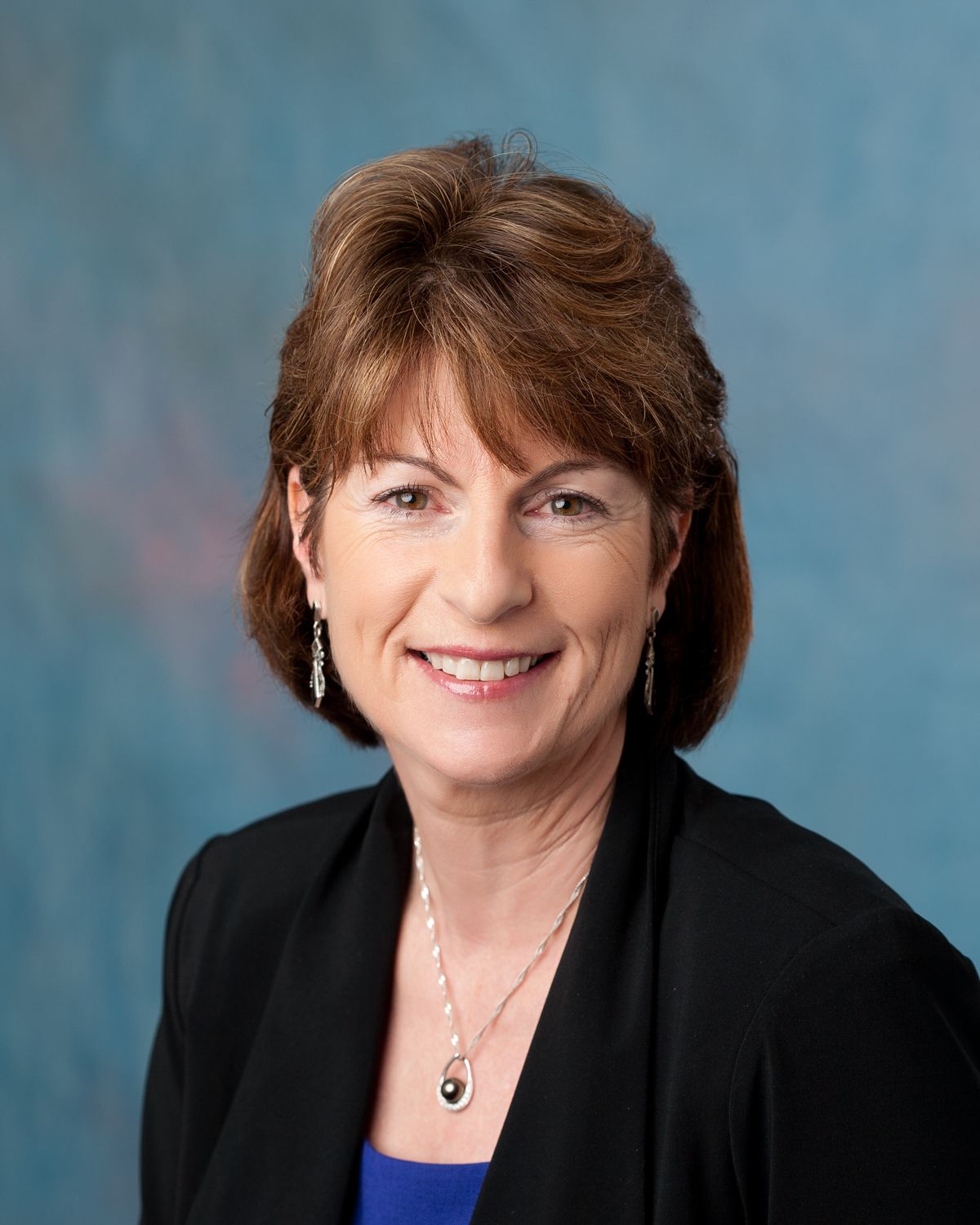More Practices Consider the Patient-Centered Medical Home Model
If your medical practice has not yet seriously considered transitioning to a Patient-Centered Medical Home, it may be falling behind.
If your practice has not yet seriously considered transitioning to a Patient-Centered Medical Home (PCMH), it may be falling behind.
At this year's annual Medical Group Management Association Conference in San Diego, attendees flocked to a standing-room-only session entitled "Building Integrated Communities of Care: PCMHs and ACOs."
When presenters asked attendees how many had already transitioned to the medical-home model, several raised their hands; and when presenters asked how many attendees were seriously considering it, even more indicated that they were doing so.
"Audiences are so much more sophisticated now than they even were a couple years ago," said session co-presenter Marjie Harbrecht of the growing awareness of the medical home model, which embraces improved care quality, reduced care cost, and higher physician and patient satisfaction. "There's incredible movement across the country."

That movement, said Harbrecht, who is a family physician and CEO of healthcare consultancy HealthTeamWorks in Lakewood, Colo., represents an opportunity for healthcare teams and for patients.
For patients, the medical home fosters a trusting relationship between the patient and provider, improves care coordination, and creates better access to care, she said. For providers, it fosters a more trusting relationship between patients, colleagues, and staff; and it improves career satisfaction as a result.
"It's not a place as much as it's an approach" to providing continuous, coordinated, comprehensive care with a partnership between patients and the care team, said Harbrecht, who views the medical home as the jumping off point to a broader approach of highly coordinated patient-centered care between primary-care practices, specialists, and hospitals.
"We need teams and that really is the evolution of where we're going, is starting to think about how we become teams" in our walls and in our communities.
That larger community patient-centered care approach may come in the form of an accountable care organization (ACO), in which groups of providers from various health systems partner to improve care quality while reducing care costs (if successful, they share in the savings with their payer partner, if not they may share in the losses).
Session co-presenter Randy Cook, president and CEO of healthcare consultancy AmpliPHY Physician Service
s
in Columbia, Tenn., stressed that there is a big difference between PCMHs and ACOs. A PCMH is a model of care, he said, while an ACO is a model of payment. In other words, the PCMH has the opportunity to create savings, and an ACO is one of many methods by which it can get paid for performance.
“For practices considering transitioning to medical home models, Harbrecht said leadership is critical, as is embracing the cultural transition that comes with the model of care. "We have to change our hearts, minds, and souls to do this model," she said. "It's not just tactical."
The benefits of direct primary care
March 25th 2025Direct primary care is transforming the healthcare landscape by replacing insurance-driven models with affordable, membership-based care that strengthens patient-doctor relationships, reduces costs, and improves access to personalized treatment.